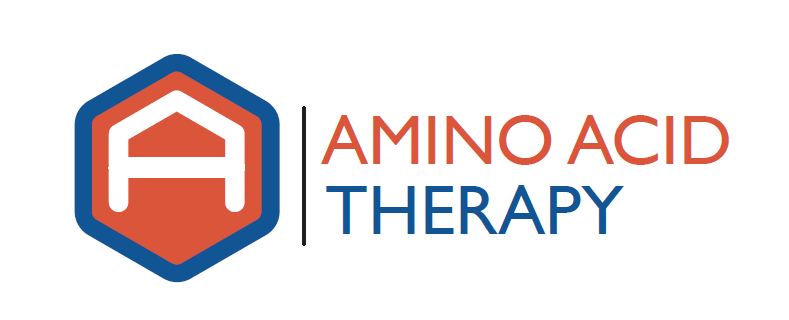While someone is undergoing amino acid therapy for a relative nutritional deficiency that exhibits symptoms similar to a disease – such as depression, migraines or Parkinson’s Disease – they may find they have a loss of appetite and unwanted weight loss. This can be concerning; luckily, it can also be corrected.
Weight Loss and Amino Acid Therapy
The consistent use of amino acid therapy can often result in weight loss. In fact, we first began using amino acids to help control appetite and cravings precisely for that reason – to help people lose weight. The reason it works is that the appetite centers of the brain are controlled by serotonin and norepinephrine, which are two monoamine neurotransmitters that we can easily manage using appropriately balanced amino acids.
However, weight loss is not always desired, particularly if a person is underweight and/or malnourished before starting amino acid therapy. Interestingly, people on amino acid therapy for conditions other than obesity may not know they are experiencing appetite suppression. They just don’t feel as hungry, and subsequently eat less. However, if they eat too little, they will enter a state of ketosis; ketones also suppress the appetite, and combined with the appetite suppression induced by the amino acids, this can lead to a potentially dangerous situation.
Managing Inappropriate Weight Loss
The first step when working with someone using amino acid therapy is to obtain an accurate weight (and ideally, body composition) measurement prior to initiating amino acid therapy. Continue monthly weight (or body composition) checks unless concerns regarding appetite suppression arise. In this case, weekly or bi-weekly body composition and/or weight checks are recommended.
If a person has experienced significant weight loss, check urinary ketones (ketostrips are available from Amazon and drug stores); trace ketones are okay, +1 or higher is not.
If the ketostick registers +1 or higher, have the person drink a 16-ounce glass of oral re-hydration solution: 16 ounces water, 2 heaping TBSP sugar/simple carbohydrate, 1 pinch of salt. This should clear the system of ketones within 20 minutes.
If the person has lost more than 10 pounds since initiating amino acid therapy, use the following calculation to determine their target caloric intake:
Daily Calorie Target = Goal Weight in lbs. x 11 + 200
For example, if the person origianlly weighed 175 pounds and is now 150 pounds, and the goal is to get them back to 175 pounds, their daily caloric target is:
Daily Calorie Target = 175 x 11 + 200 = 2125
Thus, this person would need to consume about 2100 calories/day to achieve their goal weight. Many people find that continuing to consume the oral re-hydration solution (~120 calories) 1-2x/day also helps to stimulate the appetite, especially if they had been in ketosis.
What and When to Eat
So now that you know how many calories a person should be eating every day, the next problem to solve is when and what to eat. The answer to these questions often depends on the blend of amino acids that a person consumes throughout the day.
For instance, if a person is following a serotonin-dominant protocol (i.e., consuming more support for serotonin than dopamine), they can often (although not always) consume balanced meals throughout the day, including protein + healthy fats + healthy carbohydrates (mainly from vegetables and fruit), without much regard for when they eat in relation to taking their amino acids.
However, if they are following a dopamine dominant protocol (i.e., consuming more support for dopamine than serotonin) they will often need to limit the amount of protein taken within about 60 minutes of their amino acids in order to maximize the uptake of the amino acids. (Protein contains a number of large neutral amino acids that can compete with L-dopa and tyrosine for uptake and utilization.) This usually means that a person can consume only 10 grams or less of protein within an hour of taking their amino acids, which necessitates consuming a higher protein meal or snack ~ 2 hours after amino acid dosing. This may mean eating multiple small meals many times throughout the day. NOTE: It is often necessary to experiment with the amount and kind of proteins a person can eat in order to determine each individual’s unique needs and tolerances.
Unwanted weight loss can be overcome with diligent attention and care by both the provider and client. When unwanted weight loss occurs, follow the guidelines above and work with your provider to obtain a healthy weight and body composition while optimizing neurotransmitter function.

